Sintering (incl ultra high temp)
Sintering is a widely used process in materials science and engineering that involves heating a compacted or powdered material to a high temperature below its melting point. The objective of sintering is to bond adjacent particles together, resulting in a more cohesive and dense material. The process relies on the phenomenon of diffusion, where atoms or molecules migrate across the material's surface and form atomic bonds with neighboring particles. As the temperature increases during sintering, the diffusion becomes more pronounced, facilitating the rearrangement of particles and the growth of interparticle contacts.
The success of sintering depends on various factors, such as the material's composition, particle size, and temperature profile. At the initial stages of sintering, the particles may undergo neck formation, where small contact areas develop between adjacent particles. As the temperature continues to rise, these necks grow and merge, leading to an increase in material density. In addition to densification, sintering can also result in enhanced mechanical properties, improved electrical conductivity, and increased chemical homogeneity. The process finds applications in a wide range of fields, including metallurgy, ceramics, and powder metallurgy, and plays a crucial role in the production of various components, from automotive parts to electronic devices.
Ultra-high-temperature sintering is an advanced sintering technique that involves subjecting materials to extremely high temperatures, typically above 2000°C (3632°F), to achieve enhanced densification and improved material properties. This technique is particularly useful for sintering materials with high melting points or those requiring superior mechanical strength, thermal stability, or resistance to harsh environments. The ultra-high temperatures enable the materials to undergo significant atomic rearrangement, resulting in increased diffusion and interparticle bonding. This, in turn, leads to enhanced densification, reduced porosity, and improved mechanical properties, such as increased hardness, strength, and creep resistance.
One of the key advantages of ultra-high-temperature sintering is its ability to produce materials with exceptional thermal and chemical stability. The elevated temperatures facilitate the removal of impurities and volatile components from the material, resulting in a more pure and homogeneous structure. Additionally, the high temperatures promote solid-state diffusion, allowing for better control over grain growth and the elimination of defects. This technique finds applications in various industries, including aerospace, energy, and cutting-edge technologies, where materials with superior performance at extreme conditions are required. Ultra-high-temperature sintering offers a viable means to produce high-quality, high-strength materials capable of withstanding demanding environments.
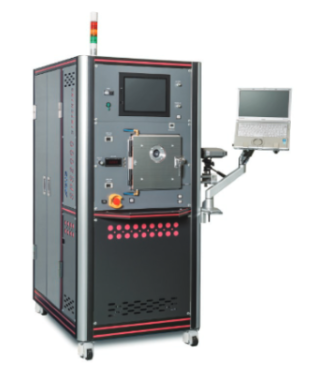 Spark Plasma Sintering Systems
Spark Plasma Sintering Systems
 SPS Starter Accessory Kits
SPS Starter Accessory Kits
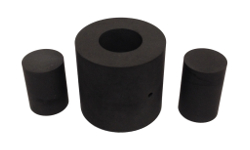 High Strength SPS Graphite Tooling
High Strength SPS Graphite Tooling
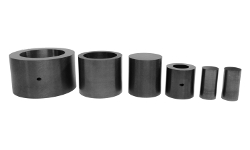 Tungsten Carbide Tooling
Tungsten Carbide Tooling
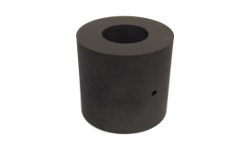 SPS Graphite Crucibles
SPS Graphite Crucibles
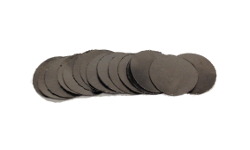 Carbon Graphite Foil / Paper
Carbon Graphite Foil / Paper
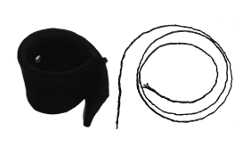 Carbon Felt and Yarn
Carbon Felt and Yarn
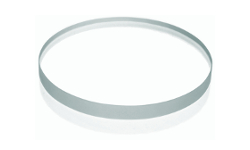 Quartz Glass Windows
Quartz Glass Windows
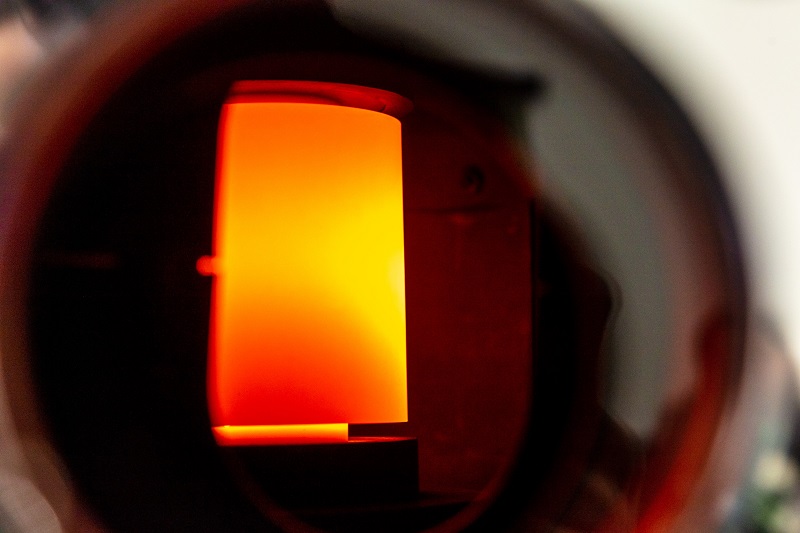 SPS/FAST Modeling Software
SPS/FAST Modeling Software